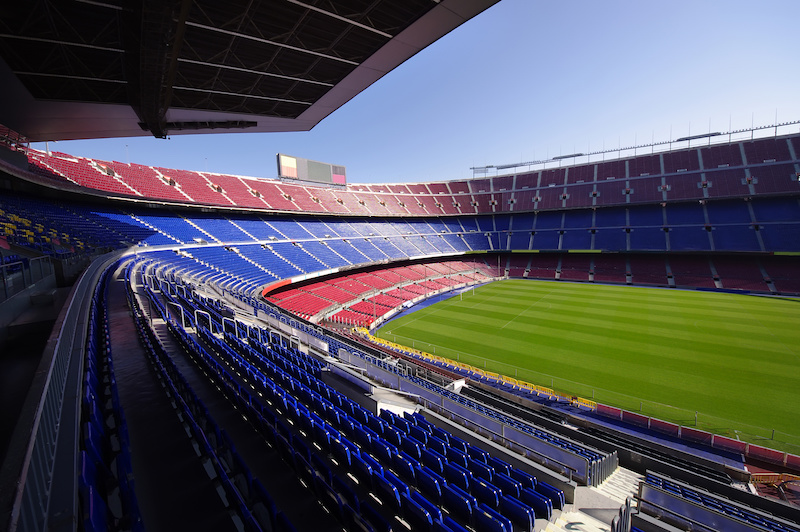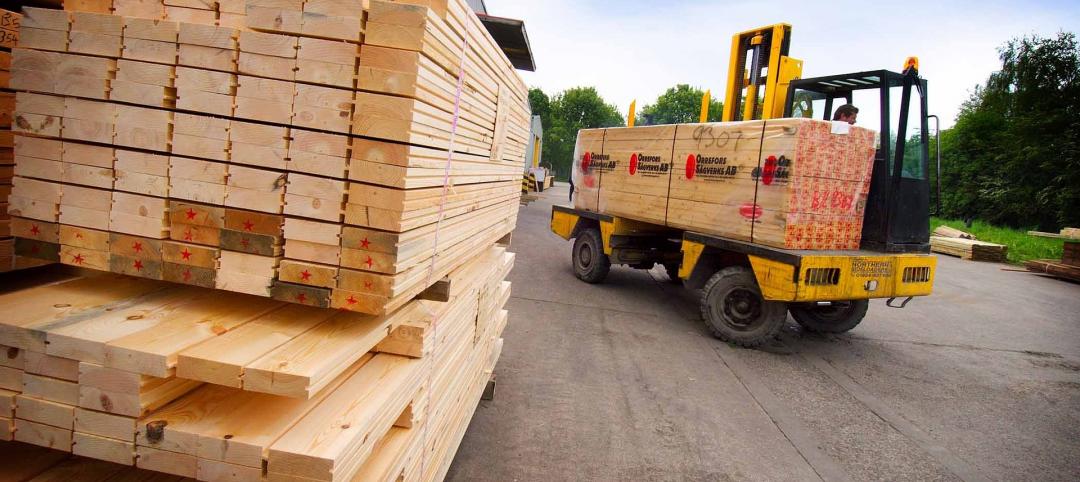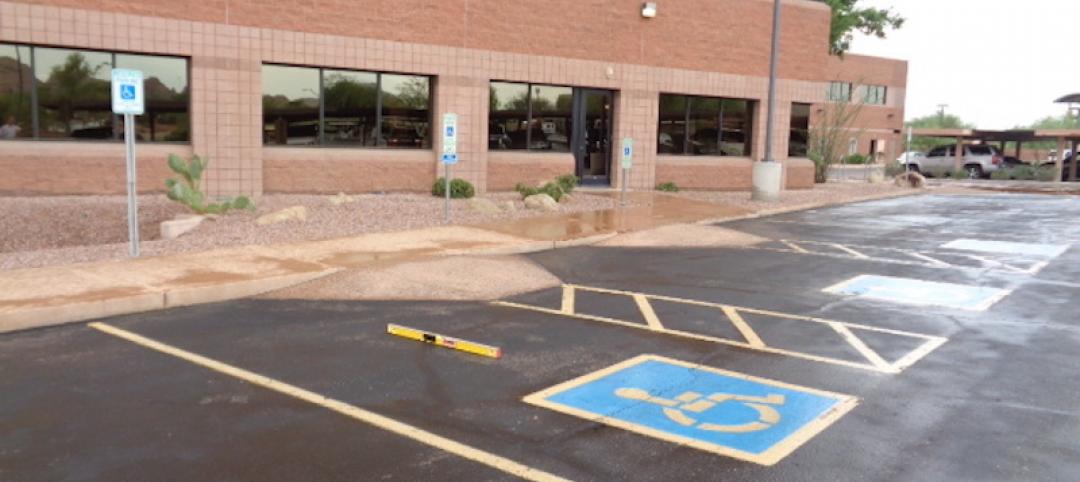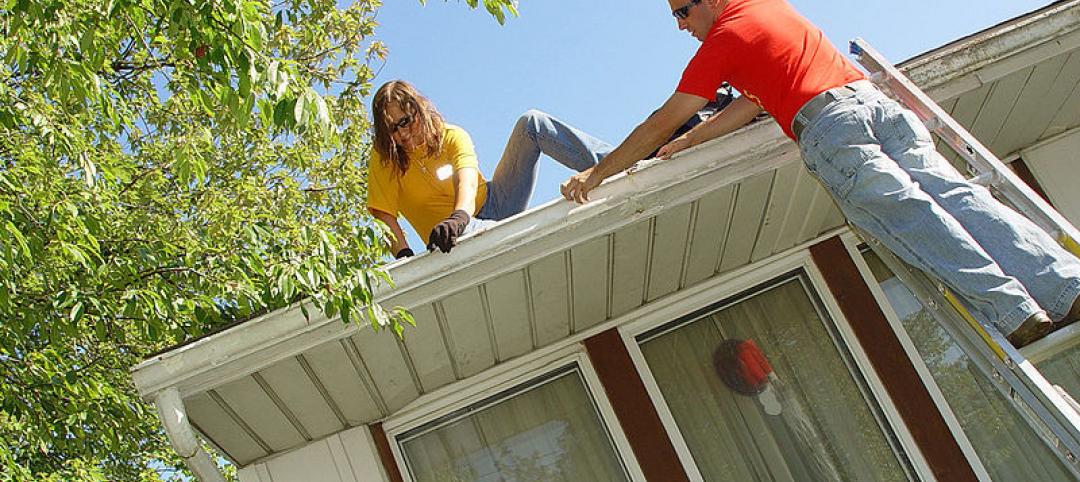While from a fan’s point of view, professional sports may be as close to a universal language as anything, there are compelling cultural differences in the business end of the industry. For instance, comparing American sports management, with its fast-forward focus on maximizing profitability and providing over-the-top customer experiences, may seem overly aggressive to the Brits, whose moderated approach is more rooted in tradition.
But given the international expansion of the countries’ two top sports, soccer and American football, each culture can enlighten the other when pursuing innovations in sports facilities.
A sporting exchange
Both professional soccer and football have vigorously pursued targeted global growth. Since 2007, the National Football League has staged 21 regular season games in London, with four more scheduled for fall of 2019. The League also has a ten-year agreement to play two games per year in the new Tottenham stadium, which is scheduled to open later this year and will be the world’s first stadium with a retractable pitch that when opened, reveals an American football field underneath—perhaps a telltale sign of things to come. The NFL’s former executive vice president for international operations has hinted that there will be a team based in England by 2021.
In the States, the growth of Major League Soccer (MLS) has been steady since its founding in 1996, with recent milestones—such as the fee for an expansion team reaching $150 million (in 2012, it was $40 million); in 2018, the Atlanta United team drawing more than 50,000 fans per game, and the average worth of a team is $240 million, up 7.6% from 2017—reflecting its continuing development. And with America hosting the 2026 World Cup, the popularity and influence of soccer and MLS is expected to rise to an entirely new level in North America.
Ownership options
In the US, it is the norm for professional athletic teams to be tenants of stadium owners, who can range from individuals to metropolitan sports districts to corporations. Although collegiate teams have an obvious home field, pro sports clubs’ tenant status allows them the freedom to move from one city to another; they need not be “loyal” to a particular arena. Stadiums that are owned by the municipality or commercial operators are focused on programming that will maximize their commercial return and do not prioritize or favor any one particular end user.
In the UK, most soccer stadiums are owned by the club. In this instance, the investment into the stadium design is controlled directly by the sports team, and although they often accommodate other uses, the club very much concentrates on the core sport and its own revenue generation.
These financial structures shape a variety of facility design elements, from curating the fan experience to seating configurations. Here are some cross-cultural ideas and issues from the UK and the US on creating soccer and football venues that are both responsive to current needs and anticipate the trends of the future.
New-build or remodel?
In the UK, many stadiums have a deep historic significance to the fan base, particularly in relation to their geographic location. Demolishing or abandoning them to build new facilities elsewhere can severely test fan allegiance. Factor in the limited availability of suitable land parcels and the cost of real estate for such large projects adds to the argument for remodeling aging facilities. As well, the overall development timeline for renovation is generally shorter than for new-build projects (particularly in the early phases of land acquisition and permitting), which means less down-time for the club’s revenue stream. There is a great reliance on public transport in the UK, so parking at stadiums is typically kept to a minimum.
Things are different in the States. Given the independent ownership model for arenas in the US, there is more flexibility—both financial and in terms of market—to develop new stadiums. To accommodate the demand for parking, these can be situated on the outskirts of a city, beyond the reach of transit systems. American stadia tend to be more destination venues where the fan experience is designed to extend over a longer period of time than just the duration of the game. To this end, they are increasingly incorporating hotels, dining, entertainment, and retail elements in their plans.
Multi-functional venue versus single-sport
American football stadiums are not ideally suited to soccer by design: the playing fields are too short and narrow, and the stands are usually oval, not rectangular, in configuration. With capacity ranging from 60,000 to over 80,000, they are also grossly oversized for the 15,000-20,000 fans that typically attend MLS games (exceptions are in Seattle, Los Angeles, and Atlanta, each of which attract more than 40,000 spectators to games). To ensure a steady revenue, teams from other league sports commonly share the facility, so its seats are filled year-round. Concerts and large-scale cultural events are also booked into the schedule, further continuing the cash flow.
In the UK, most stadiums are focused on a single sport. This is partly due to the ownership model, as described above, and a very busy match schedule. Some stadiums do host more than one sport, with mixed results. The Ricoh Arena in Coventry shares soccer and rugby reasonably successfully from a facility point of view, albeit the relationship with the soccer team is strained. The London Stadium houses both soccer and other sports, but the transformation of the field and facilities incurs are costly in both time and budget. The effect of this versatility isn’t wholly positive; even when the stadium is in soccer mode, the sporting atmosphere suffers, to the displeasure of fans.
Engaging the crowd through design
Unlike the fast-paced play of soccer, the stop-and-go action of American football allows ample opportunities for spectators to wander away from their seats, grab a snack, and return to the stands without missing any plays. Capitalizing on this, social gathering spaces such as restaurants, clubs, standing-room-only party decks, and other concourse destinations have become central to US venues as additional revenue streams tapping into both patrons and vendors or sponsors. This is also true in the UK, where the trend is now to offer more tiered hospitality packages. However, it must be noted that at soccer games in the UK, spectators are not allowed to consume or even to have a view of the consumption of liquor, a fact that influences the planning of amenities.
The quest for generating an energetic atmosphere within soccer stadiums in the UK has had a significant impact on architectural design. Building a canopy on the stadium not only shelters spectators from the elements, but also reflects the roar of the crowd back onto the pitch, increasing fan excitement and involvement. The US adapts that concept (especially in locations that are subject to extreme or inclement weather) with roofed facilities, to attract events other than athletic contests to the venue.
Take a seat—or not
In the UK, soccer venues are being designed to accommodate a more diverse fan base and family enclosures to develop larger and sustainable fan base. At the same time, stadiums are focusing on creating atmosphere, especially to accommodate the ultra fans, by bringing the fans closer to the field of play and having steeper rakes to the seating tiers. Developed for home fans, the “kop end” (the name invokes a hill in South Africa that was the site of a battle in the Boer War in 1900) is a single-tier standing area dedicated to intimidating away teams and fans.
In the UK, The Green Guide, a publication produced by the Sports Grounds Safety Authority, focuses on spectator safety at sports facilities. The Guide provides detailed recommendations to ground management, technical specialists such as architects and engineers, and all relevant authorities to assist them assess how many spectators can be safely accommodated within a sports ground. The re-introduction of safe standing areas—portions of the stadium that are fitted with rail seats or fold-away seats that function as both crowd control devices as well as seating—is also under consultation.
In the US, general admission tickets secure a G-rated, family-oriented experience—the youngsters, after all, are the future players and often the most educated and passionate of the present-day fans. Some new MLS venues are trying to replicate the kop end, to add a new element of authenticity to game day. Premium-section seats and private suites offer a more intense experience and conveniences, such as private concession stands.
Connectivity and the customer
Throughout the US, WiFi is seen as an essential stadium service. In the UK, though, it’s hotly debated, as clubs deal with the conflicting demands of fans expecting connectivity but potentially damaging attendees’ engagement with the field of play, and therefore reducing the all-important ambiance. A possible compromise is the Jumbotron, again ubiquitous in the US but uncommon in the UK. The super-sized digital screens help keep spectators’ attention on what’s happening in the stands and on the turf—and away from their devices. Looking ahead, real-time virtual reality viewing may provide yet another electronic avenue for fans to keep up with the game.
More than a game
Competitive sports are a tremendous unifier of people on a global platform—the Olympic Games and the World Cup are the most prominent examples—and on a local level, as well. In the UK and US, football fans gather to celebrate not only their teams, but a common humanity. In addition to bolstering the bottom line for owners, informed, responsive sports-facility design contributes to a rewarding social experience in the stadium and beyond.
More from Author
Rider Levett Bucknall | Aug 14, 2023
Fast-tracking construction projects offers both risk and reward
Understanding both the rewards and risk of fast-tracking a project can help owners, architects, engineers, and contractors maximize the benefits of this strategy and can bring great reward on all fronts when managed properly.
Rider Levett Bucknall | May 31, 2022
Checking out: Tips for converting hotels to housing
Many building owners are considering repositioning their hotels into another property type, such as senior living communities and rental apartments. Here's advice for getting started.
Rider Levett Bucknall | Feb 14, 2022
How building owners and developers can get ahead of the next supply chain disaster
Global supply chain interruptions that started at the very beginning of the pandemic are still with us and compounding every step of the way. Below are a few proven tips on how to avert some of the costly fallout should we be faced with similar commercial disasters at any time in the future.
Rider Levett Bucknall | Apr 30, 2018
Following—and forecasting—the money: Financial modeling for project managers
To wait until there’s a problem affecting design and construction before consulting with a PM wastes valuable time when a project is at its most vulnerable point.
Rider Levett Bucknall | Jan 11, 2018
Harvesting energy and profits: A new approach to MEP cost analysis
In the course of providing cost estimating services, educating the client on making prudent choices is a high priority.
Rider Levett Bucknall | Sep 6, 2017
Following the money: G702 progress payment certifications
There is no single method of calculating progress payments, but the most common formula is the percentage of completion applied to the total contract price, less a retainage which is held by the owner until final acceptance of the project.
Rider Levett Bucknall | May 3, 2017
Avoiding trouble in paradise: Tips on building successfully in the Caribbean
The island setting itself is at the root of several of these disruptive assumptions.
Rider Levett Bucknall | Feb 8, 2017
Don’t leave your office or business vulnerable to drive-by lawsuits
Across numerous states, unscrupulous attorneys are filing hundreds of “drive-by” lawsuits that are founded on noncompliance with ADA regulations against businesses that often have no idea they have done anything wrong.
Rider Levett Bucknall | Nov 10, 2016
Prescription for success: Managing technology in the design of healthcare facilities
While the benefits of intelligently deployed technology are abundantly clear to both designers and healthcare end-users, it’s no simple task to manage the integration of technology into a building program.
Rider Levett Bucknall | Aug 29, 2016
Home maintenance 101: How uninformed homeowners can cause developers big headaches, and what to do about it
By taking a proactive stance, the home-building industry can both educate the public about the importance of home maintenance and raise awareness within the construction community about protecting their professional rights and reputations.















